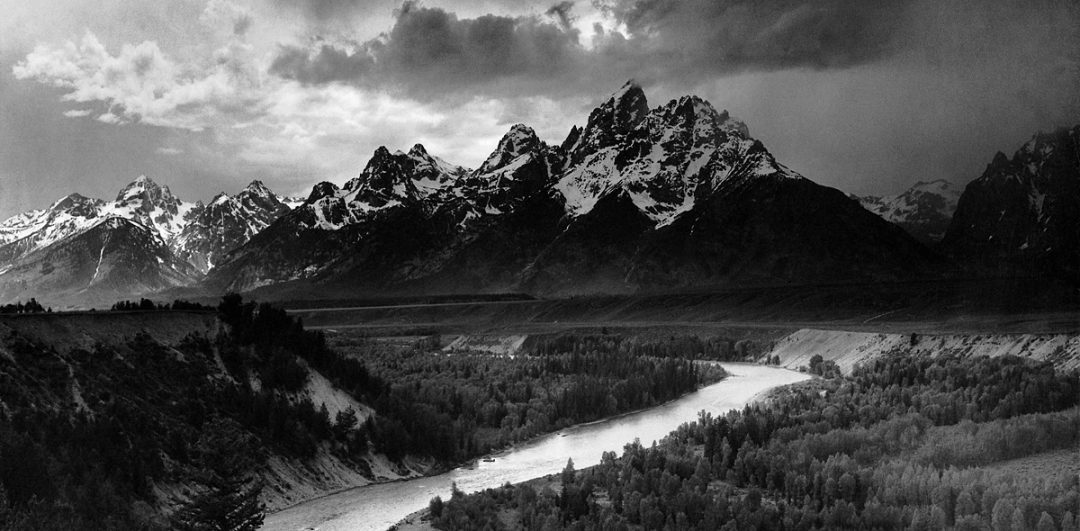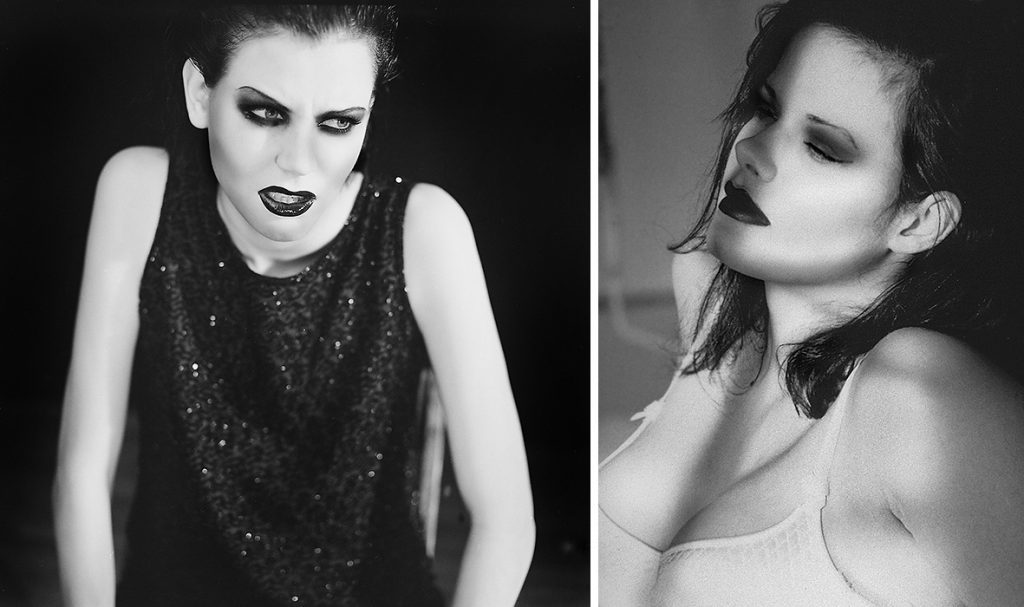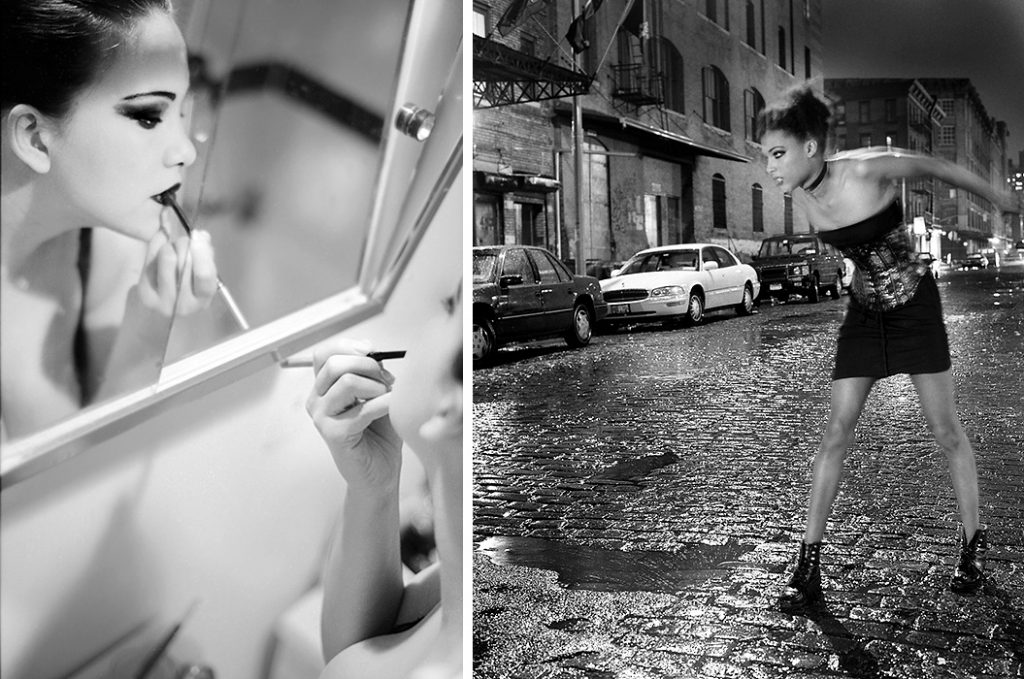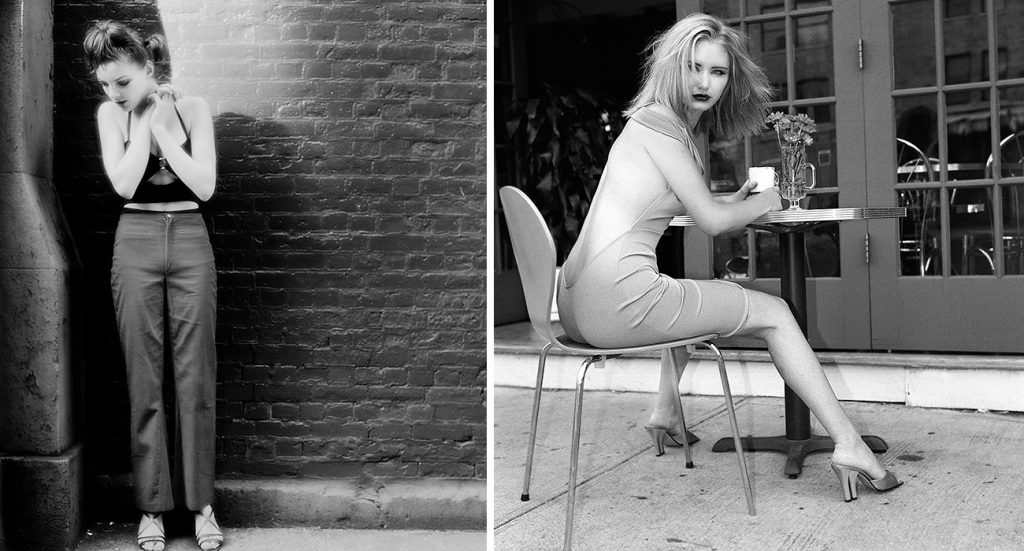Magic In The Darkroom
First, let me state this is not a “gear reviews” or “how to” site. Second, this is just a B+W film developing using Kodak D-76 post. Normally, this site just wants to expose new film talent, and relish in the work of the film greats. But since I get asked this question A LOT, I thought I’d share a few tidbits on developing black and white film. But there are plenty of places on the net and books available to get more detailed info, including on other developers, film, etc. I’m only calling it The Black Arts – Film Developing because there seems to be this misnomer that has spread, since the dawn of digital, that it’s quite complicated and involved. There’s nothing “Black Arts” about it.
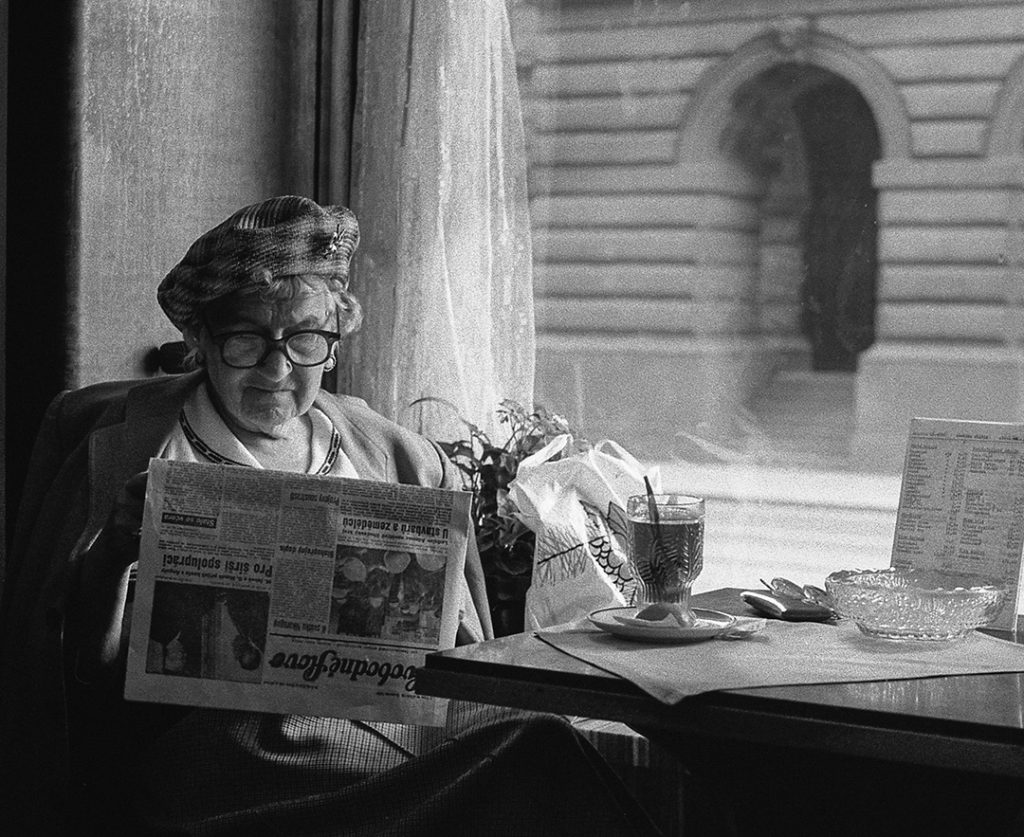
I’ve almost always made up gallons of Kodak D76 from the dry powder packets. It’s cheap, plentiful, still available and works on pretty much everything. While I usually use Kodak HC-110, D76 has been around since the 1920s, and they say a perfect match for Kodak Tri-X. But it works with pretty much any film. Ilford HP5, Ilford Delta, Fuji Neopan, etc. Even T grain films, although some people go insane when I say that. I think it was actually developed for the black and white movie films of the 20s and 30s. Anyway, it’s my “go to in a pinch” developer.
D-76 – The Chevy of Developers
Another reason to use it,… you can get it even in stores that only carry one or two developers. I think most schools even use this developer. It’s like the Ford or Chevy of B+W developers. It’s familiarity is universal. Not the “finest” when it comes to grain, but it is an old standby that will always produce a beautiful negative. Although it’s slower and warmer, it will even develop paper in a pinch. (I use Ilford Multigrade paper developer) Agitation, temperature and times are important. But it doesn’t just stop working when exhausted. When it’s finally exhausted and diluted, it will still produce normal results with longer times,… just a little flatter. Actually, like I said, I personally use HC-110. But others will use Xtol, (very fine grain, but I dislike for other reasons), or one of many other developers. The only thing I would advise about developers,…pick one, and stick with it. Being a master of one is better than being mediocre on many. Also, Ilford stuff, (all ‘stuff’), is quite good and eliminates “mixing” dry powder. (see video) My 2 cents.
Piece of Cake
The hardest part of developing black and white film is getting the film on the reel, in the dark, whether stainless steel or plastic. (assuming you’re working with 35mm/120) Other than that, with a few basic tools, it’s a piece of cake. You don’t have to be an alchemist, or super detail oriented person. You ain’t turning lead into gold, or splitting the atom. I liken it to biscuits. If you can mix up and bake some biscuits, you can develop black and white film. Yeah, you have to watch how long they’re in the oven. Same with film.😁 Other than that, it’s actually pretty simple. In fact, it’s one of the only things I do in life where even “mistakes” are sometimes awesome. I’ll get into C-41 later in another post. (it’s not hard, either) First thing I’d advise is getting the “Massive Dev Chart Timer” app from Digital Truth Photo. While it costs a few bucks, it’s worth the $8-9. I’m all about easy, and this thing is easy. Even us analog guys have smart phones!
The Giveaway of the Year!
is just about giving away Darkroom Enlargers. From 35mm Enlargers to 4×5 Enlargers. (I just bought a Beseler 23 C III enlarger for $12 at Goodwill!) Although many will tell you the Photo Enlarger is a dinosaur, I personally will take a fiber wet print over a giclee’ (inkjet) anyday. Although I do have some beautiful Epson prints. And, sorry, I trust my eyes before MTF curves and Wilhelm Research graphs. But, to each their own.
Film Tank and Loading
- A two reel development tank and the reels. Paterson tanks are the most popular, although I use the stainless steel ones.
- Changing bag or you can substitute bathroom/closet/any room totally devoid of light. *
- Scissors and can opener for use in the changing bag. (can opener to pop off end of canister)
*when I say “devoid of light”, I mean NO light!
Basic Chemistry
- D-76 Powder Developer Makes 1 Gallon
- Kodak Fixer Powder Makes 1 Gallon
- Kodak Hypo-Clearing Powder – Makes 1 Gallon concentrate
- 1-Liter plastic graduated mixing pitchers ( one marker Developer and one marked Fixer )
- A 500mL plastic graduated cylinder for mixing working developer bath
- Thermometer with temp range from 50-120 F
- Mixing paddle
- 2 plastic funnels ( one marked Developer and one marked Fixer )
- Kodak Photoflo (some think this is an option,…I don’t)
- Indicator Stop Bath,…not required, but reduces wash times. And turns purple when exhausted.
- GraLab Model 300 dark room timer or just use above app
- Film clips or clothes pins (I use my bathroom after a shower to hang negatives,…no dust)
On the last one; I use to have a film drying dust free cabinet in my studio, but they take up room, are expensive and are not required.
What It All Does
One thing I will preface this with: Film is an awesome ‘sensor’ and storage is safe and stable. Ask MoMa or Sebastião Salgado.
The film developing ‘develops’ the film. You can do this in daylight after the film is on the “reel” and in the “development tank”. Times and temps I use are below. Different films, developers, dilutions, pushing, pulling, etc. will change those times and temperatures. Which is why I recommend the app above. I always use 1:1 dilution, so;
First, load the film onto reel in complete darkness. Put reel in tank. The tank is basically a light tight container. Once in, you can turn the light on in your darkroom. Or take it out of the changing bag. Whichever.
Film Developing – The Chemicals
Now it’s time for chemicals. I pour in water to wet the film. (optional) Let it soak a couple of minutes. Empty. Pour in the Developer, making sure the film is covered and the developer is 68 degrees F! Temperature is important at this stage. After periodic agitation, (see video), pour out developer in sink or back in jug. D76 will not hurt the environment or your pipes.
Next is Stop Bath. (for me) While it’s not absolutely required, I use it anyways. Some people just rinse for 30 seconds or a minute. Your choice.
Next is Fixer. You must use this. It stops the development process and hardens the film. Once the film is fixed it can be exposed to light.
Next is Hypo-Clearing Agent. Again, you can just use water only, but this really ensures a very stable and fixer-free clean film. My 2 cents. (I think I’ve spent 4 cents so far 😊 )
The last thing, again, for me,…is Photoflo, which will make sure you have no water spots on the film after drying. It only takes a drop.
Now the hardest part in film developing: Drying. Use a soft sponge to wipe and hang with weighted clamps. It only takes about an hour. I only say it’s hard because of the scourge of film; Dust. But as long as the environment is dust free, you’re good.
Storage and Books
I left out some stuff for a complete film developing “How To”. Like mixing the chemicals, storing them in a dark closet, when to agitate, etc. But it’s not rocket science. And I assume you can all read mixing instructions. The video below will clarify the actual machinations.
Next, get a binder and store your negatives in these Negative Film Sleeves. And don’t forget to mark them. (you’ll thank me for that someday)
To break it down to its simplest criteria, for film developing all you require is developer, fixer and water. The other stuff is optional.

